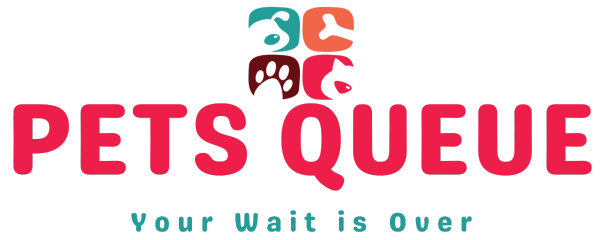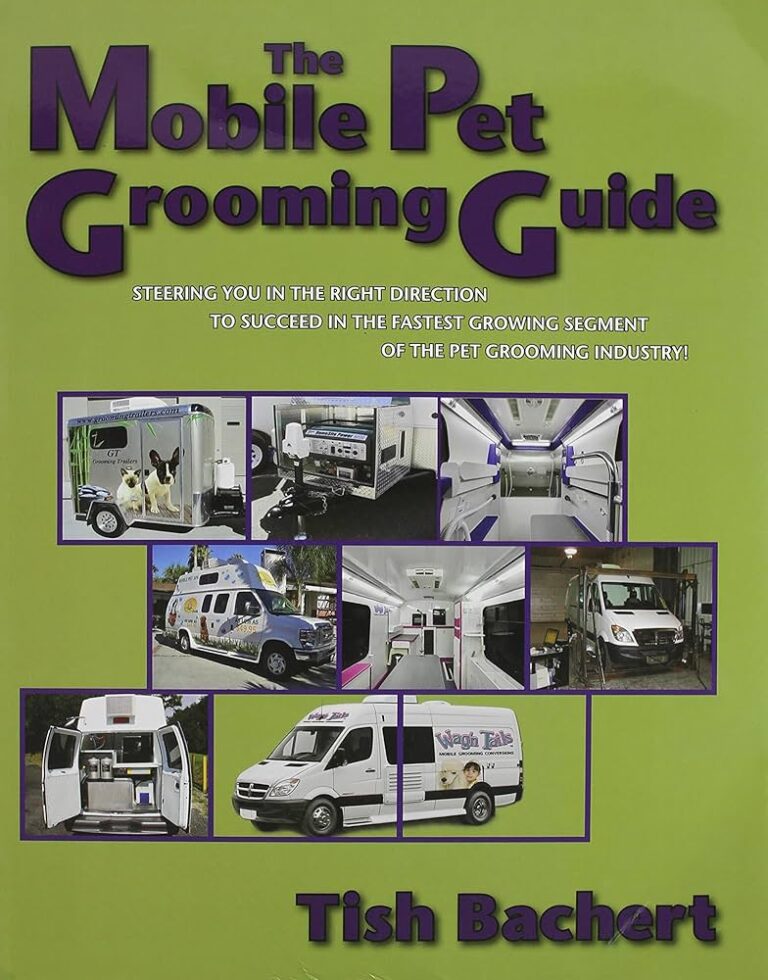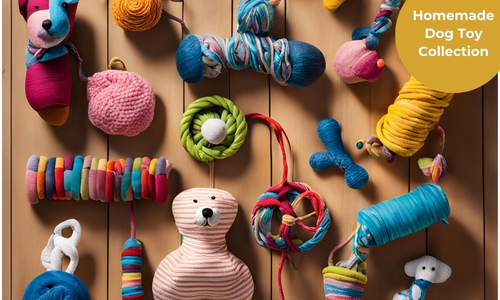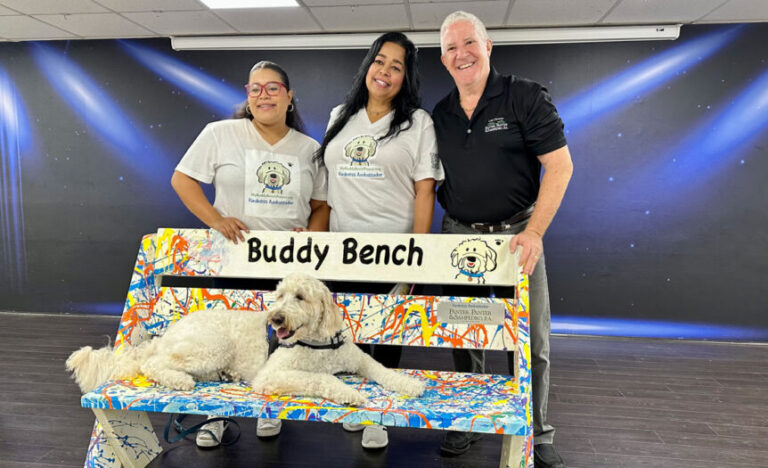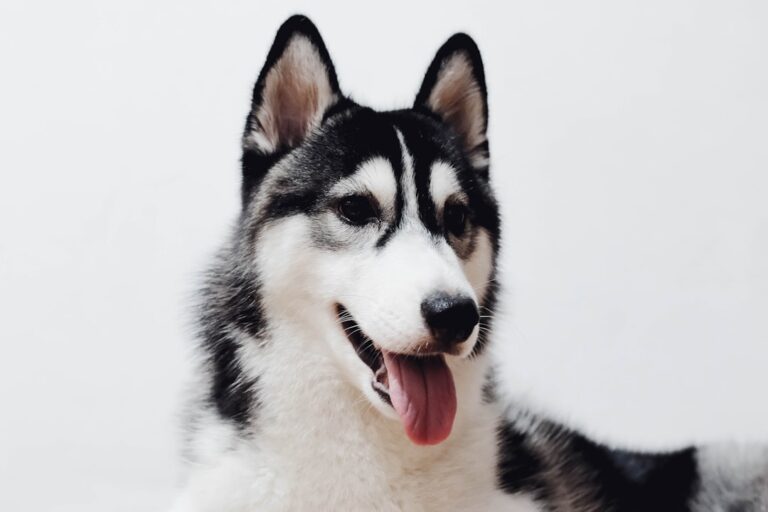Effortless Dog Grooming: Hacks for Busy Owners
Grooming is an essential part of caring for your dog’s overall health and well-being. Regular grooming not only keeps your dog looking clean and presentable, but it also helps prevent a variety of health issues. Dogs, like humans, require regular maintenance to keep their skin and coat healthy. Neglecting grooming can lead to matting, skin irritation, and even infections. By making grooming a priority, you can ensure that your furry friend stays happy and healthy.
Regular grooming has numerous benefits for your dog. One of the main benefits is preventing matting. Mats are tangles in your dog’s fur that can become tight and painful if left untreated. They can also trap dirt, debris, and moisture, leading to skin irritation and potential infections. Regular brushing helps prevent matting by removing loose hair and preventing tangles from forming.
In addition to preventing matting, grooming also helps maintain healthy skin and coat. Regular brushing stimulates the production of natural oils in your dog’s skin, which helps keep their coat shiny and moisturized. It also helps distribute these oils throughout the fur, preventing dryness and flakiness. Grooming also allows you to check for any abnormalities or parasites on your dog’s skin, such as ticks or fleas, so you can address them promptly.
Key Takeaways
- Grooming your dog is important for their health and well-being.
- Essential tools for grooming include brushes, combs, clippers, and shampoo.
- Making grooming a positive experience for your dog involves patience, treats, and praise.
- Time-saving tips for busy dog owners include scheduling grooming sessions and using quick-drying shampoo.
- Regular brushing and bathing can prevent skin problems and keep your dog’s coat healthy.
Essential Tools for Effortless Dog Grooming
To effectively groom your dog, you will need a few essential tools. These tools include brushes, combs, clippers, and scissors. When choosing these tools, it is important to invest in high-quality ones that are specifically designed for dogs.
A slicker brush is a must-have tool for most dogs. It has fine bristles that help remove loose hair and prevent matting. A comb with both wide and narrow teeth is also essential for detangling and removing any remaining loose hair or debris. Clippers are necessary for trimming your dog’s hair, especially if they have a longer coat. Scissors are useful for trimming around sensitive areas such as the face and paws.
Using high-quality tools is crucial for effective grooming. Cheap or low-quality tools can be uncomfortable for your dog and may not effectively remove loose hair or prevent matting. They can also be more prone to causing injuries, such as accidentally cutting your dog’s skin. Investing in good quality tools will make the grooming process easier and more comfortable for both you and your dog.
How to Make Grooming a Positive Experience for Your Dog
Grooming can be a stressful experience for some dogs, but with the right approach, you can make it a positive and enjoyable experience for them. One way to make grooming more pleasant is by using treats and positive reinforcement. Reward your dog with treats and praise throughout the grooming process to associate it with positive experiences.
Another important aspect of making grooming a positive experience is desensitizing your dog to grooming tools and procedures. Start by introducing your dog to the tools gradually, allowing them to sniff and investigate them without any pressure. Then, slowly start touching your dog with the tools, rewarding them with treats and praise for remaining calm. Gradually increase the duration of these sessions until your dog is comfortable with the tools.
It is also important to be patient and understanding during the grooming process. If your dog becomes anxious or stressed, take breaks and give them time to relax before continuing. Remember to always end each grooming session on a positive note, even if it means stopping before completing all tasks. This will help build trust and make future grooming sessions easier.
Time-Saving Tips for Busy Dog Owners
| Tip | Description |
|---|---|
| Batch cooking | Prepare dog food in bulk and freeze it for later use. |
| Automatic feeders | Invest in an automatic feeder to ensure your dog is fed on time. |
| Interactive toys | Keep your dog entertained with interactive toys that stimulate their mind. |
| Training | Teach your dog basic commands to make daily routines easier. |
| Online shopping | Order dog food and supplies online to save time on trips to the store. |
As a busy dog owner, finding time for grooming can be challenging. However, there are several time-saving tips that can help you maintain your dog’s grooming needs without sacrificing too much of your time.
One time-saving tip is to groom your dog in short sessions. Instead of trying to complete the entire grooming process in one go, break it down into smaller tasks and spread them out over multiple sessions. For example, you can brush your dog for a few minutes each day or trim their nails every other day. This way, you can fit grooming into your schedule without feeling overwhelmed.
Using multi-purpose tools can also save you time. Look for grooming tools that serve multiple functions, such as a brush with a built-in comb or clippers with interchangeable blades. These tools allow you to tackle multiple grooming tasks without having to switch between different tools.
Regular grooming actually saves time and money in the long run. By keeping your dog’s coat clean and well-maintained, you can prevent issues such as matting and skin infections that would require more extensive grooming or even veterinary care. Additionally, regular grooming allows you to spot any potential health issues early on, saving you from costly treatments down the line.
The Benefits of Regular Brushing and Bathing
Regular brushing and bathing are essential for maintaining a healthy skin and coat for your dog. Brushing helps remove loose hair, dirt, and debris from your dog’s coat, preventing matting and tangles. It also stimulates the production of natural oils in the skin, which helps keep the coat moisturized and shiny.
In addition to preventing matting, brushing also reduces shedding. Regular brushing removes dead hair from your dog’s coat before it has a chance to fall out on its own. This can significantly reduce the amount of hair that ends up on your furniture and clothing.
Bathing is another important aspect of grooming. It helps remove dirt, allergens, and odors from your dog’s coat, leaving them clean and fresh-smelling. Bathing also helps prevent skin infections by removing bacteria and fungi that may be present on the skin.
When choosing a shampoo and conditioner for your dog, it is important to consider their specific coat type. Dogs with sensitive skin may require a hypoallergenic shampoo, while dogs with dry skin may benefit from a moisturizing shampoo. Consult with your veterinarian to determine the best products for your dog’s individual needs.
DIY Grooming at Home: Step-by-Step Guide

Grooming your dog at home can be a cost-effective and convenient option. Here is a step-by-step guide for DIY grooming:
1. Brush your dog’s coat thoroughly to remove any tangles or mats. Start with a slicker brush to remove loose hair and then use a comb to detangle any remaining knots.
2. Trim your dog’s nails using a pair of dog nail clippers. Be careful not to cut too close to the quick, which is the sensitive part of the nail that contains blood vessels.
3. Clean your dog’s ears using a dog-specific ear cleaner and cotton balls or pads. Gently wipe the inside of the ears, being careful not to insert anything into the ear canal.
4. Brush your dog’s teeth using a dog toothbrush and toothpaste. Regular brushing helps prevent dental issues such as tartar buildup and gum disease.
5. Bathe your dog using a dog-specific shampoo and conditioner. Wet your dog thoroughly, lather them with shampoo, and rinse thoroughly. Apply conditioner if necessary and rinse again.
6. Towel dry your dog and use a blow dryer on a low heat setting if they tolerate it. Be careful not to use high heat as it can burn their skin.
7. Trim your dog’s hair if necessary using clippers or scissors. Be cautious when trimming around sensitive areas such as the face, paws, and tail.
Remember to take breaks and reward your dog with treats and praise throughout the grooming process to make it a positive experience for them.
How to Deal with Common Grooming Challenges
Grooming can sometimes present challenges, but with the right approach, you can overcome them. One common challenge is matting and tangles. If your dog’s coat is severely matted, it may be necessary to have a professional groomer remove the mats. However, regular brushing can help prevent matting from occurring in the first place.
If your dog becomes fearful or aggressive during grooming, it is important to address these behavior issues. Consult with a professional dog trainer or behaviorist for guidance on how to desensitize your dog to grooming procedures and manage their fear or aggression.
Another challenge is dealing with sensitive areas such as the ears and paws. Some dogs may be uncomfortable having these areas touched or manipulated. Gradually desensitize your dog to these areas by touching them gently and rewarding them with treats and praise. If necessary, seek the help of a professional groomer or veterinarian for handling these sensitive areas.
Grooming for Different Dog Breeds: Tips and Tricks
Different dog breeds have different grooming needs. Understanding your dog’s coat type and grooming requirements is essential for keeping them looking their best. Here are some breed-specific grooming tips and tricks:
– Long-haired breeds such as Shih Tzus and Maltese require daily brushing to prevent matting and tangles. Regular trimming is also necessary to keep their hair at a manageable length.
– Double-coated breeds such as Siberian Huskies and Golden Retrievers require regular brushing to remove loose hair from their dense undercoat. This helps prevent shedding and keeps their coat healthy.
– Short-haired breeds such as Boxers and Beagles require less frequent brushing but can benefit from regular bathing to keep their coat clean and shiny.
– Wire-haired breeds such as Terriers require hand-stripping or regular trimming to maintain their distinctive coat texture.
Consult breed-specific grooming guides or seek advice from professional groomers to ensure you are meeting your dog’s specific grooming needs.
Professional Grooming Services: When to Seek Help
While DIY grooming can be a cost-effective option, there are times when it is best to seek professional grooming services. Professional groomers have specialized equipment and expertise that can make the grooming process easier and more efficient.
If your dog has a particularly challenging coat, such as a long or curly coat, a professional groomer can help ensure that it is properly maintained. They have the knowledge and experience to handle these types of coats and can provide expert advice on grooming techniques and products.
Additionally, if you are unable to safely or effectively groom your dog at home due to their behavior issues, it may be necessary to seek professional help. Professional groomers are trained in handling dogs of all temperaments and can work with your dog to make the grooming experience as stress-free as possible.
When choosing a professional groomer, it is important to do your research and choose a reputable one. Ask for recommendations from friends or your veterinarian, and visit the grooming salon beforehand to ensure that it is clean and well-maintained. Communicate your dog’s specific needs and any concerns you may have with the groomer to ensure that they can provide the best care for your furry friend.
Making Dog Grooming a Priority for a Happy and Healthy Pet
In conclusion, grooming is an essential part of caring for your dog’s health and happiness. Regular grooming helps prevent matting, skin irritation, and infections. By investing in high-quality grooming tools and making grooming a positive experience for your dog, you can ensure that they stay clean, comfortable, and healthy.
As a busy dog owner, there are time-saving tips that can help you fit grooming into your schedule without feeling overwhelmed. Regular brushing and bathing have numerous benefits for your dog’s skin and coat, reducing shedding and promoting a healthy appearance. By following a step-by-step guide for DIY grooming at home and addressing common grooming challenges, you can effectively groom your dog and maintain their well-being.
Understanding your dog’s specific grooming needs based on their breed and coat type is crucial for providing the best care. While DIY grooming is a cost-effective option, there are times when it is necessary to seek professional grooming services. By making grooming a priority, you can ensure that your furry friend stays happy and healthy for years to come.
If you’re a busy dog owner looking for easy grooming hacks, you’ll definitely want to check out this helpful article on PetsQueue. It provides valuable tips and tricks to make grooming your furry friend a breeze, even with a hectic schedule. From quick brushing techniques to time-saving bathing methods, these hacks will save you time and keep your dog looking and feeling their best. For more information on ensuring the safety and comfort of your dog during the grooming process, visit this link. And if you have any questions or need further assistance, don’t hesitate to reach out to the PetsQueue team through their contact page. Happy grooming!
FAQs
What are some easy dog grooming hacks for busy owners?
Some easy dog grooming hacks for busy owners include using baby wipes to clean their dog’s paws, using a rubber brush to remove loose fur, and using a dry shampoo to freshen up their dog’s coat.
How often should I groom my dog?
The frequency of grooming your dog depends on their breed, coat type, and activity level. Generally, dogs should be groomed at least once a week to keep their coat healthy and clean.
What tools do I need for dog grooming?
Some essential tools for dog grooming include a brush, comb, nail clippers, shampoo, and conditioner. Depending on your dog’s coat type, you may also need a de-shedding tool or a pair of scissors.
Can I groom my dog at home?
Yes, you can groom your dog at home. However, it’s important to educate yourself on proper grooming techniques and invest in the necessary tools to ensure your dog’s safety and comfort.
What are some benefits of regular dog grooming?
Regular dog grooming can help maintain your dog’s overall health and well-being. It can prevent matting and tangling of the coat, reduce shedding, and prevent skin irritations. Grooming can also help you bond with your dog and detect any potential health issues early on.
